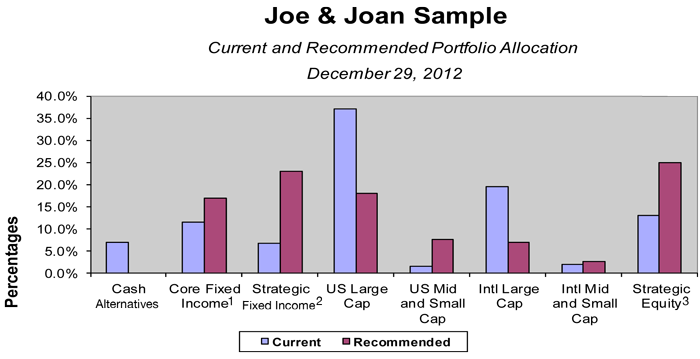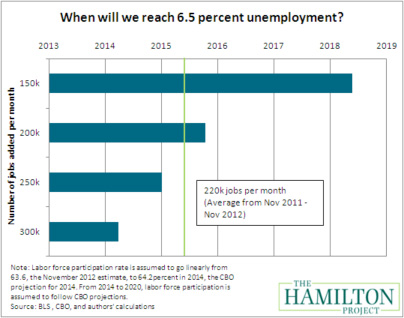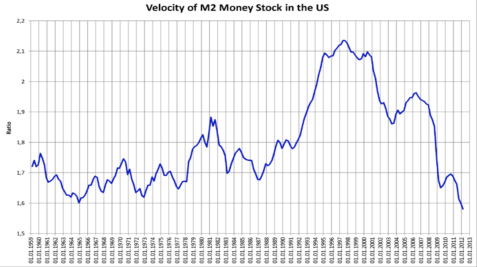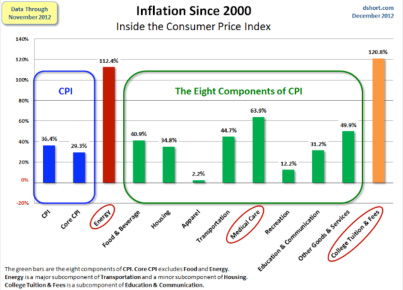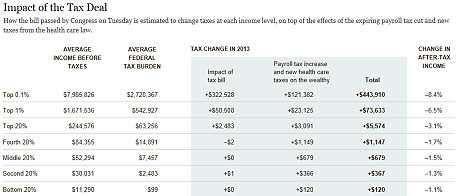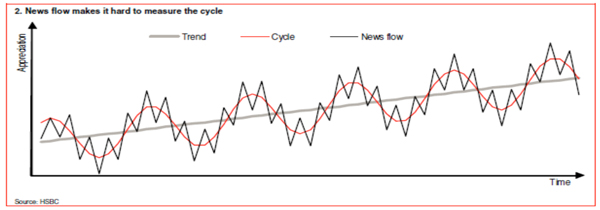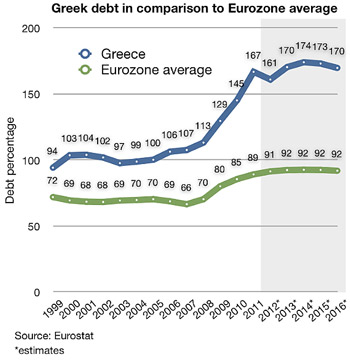
 As the mother of a teen and a pre-teen, I can testify that parents and children often speak different languages. Like when my daughter says "I'm going to die," it doesn't generally mean she's seriously ill; it more likely means she got a hole in her favorite pants! I live for the promise of the day when my children are grown and we will be able to communicate on the same plane. After reading the recent Intra-Family Generations Study conducted by Fidelity Investments, I’m not so sure that will ever happen…at least when it comes to finances.
As the mother of a teen and a pre-teen, I can testify that parents and children often speak different languages. Like when my daughter says "I'm going to die," it doesn't generally mean she's seriously ill; it more likely means she got a hole in her favorite pants! I live for the promise of the day when my children are grown and we will be able to communicate on the same plane. After reading the recent Intra-Family Generations Study conducted by Fidelity Investments, I’m not so sure that will ever happen…at least when it comes to finances.
The Intra Family Generations Study found that parents and their adult children are on different pages when it comes to several key family financial issues, including retirement planning, inheritance planning, and caring for elderly parents. The study found that 97% of parents and children surveyed disagreed on whether adult children will care for their elderly parents if they need long term care assistance. Children tend to overestimate the value of their parents’ assets (by an average of $100,000 or more) and parents are overly critical of their children’s financial decisions. In addition, while 24% of adult children surveyed say they will need to help their parents in retirement, 97% of parents say they won’t need help. Clearly, there are misunderstandings between the generations.
So why, you might ask, are adult children and parents so disconnected? According to the study, (which I can vouch for in my personal experience) families simply don’t talk about financial issues. Talking about things like investments, debts, savings shortfalls, income taxes, or estate planning is taboo in many families.
Most interestingly, the study did find that 60% of adult children and 68% of parents indicated that they would be more comfortable discussing these important financial issues with a third party financial professional than with each other. Financial planners are the ideal financial professionals to lead productive family meetings.
If you find yourself as either a parent who has not discussed future financial issues with your adult children or as an adult child who has not discussed long term care or financial issues with your parent, contact your financial planner to schedule your family meeting today.
Sandra Adams, CFP® is a Financial Planner at Center for Financial Planning, Inc. Sandy specializes in Elder Care Financial Planning and is a frequent speaker on related topics. In 2012 and 2013, Sandy was named to the Five Star Wealth Managers list in Detroit Hour magazine. In addition to her frequent contributions to Money Centered, she is regularly quoted in national media publications such as The Wall Street Journal, Research Magazine and Journal of Financial Planning.
Five Star Award is based on advisor being credentialed as an investment advisory representative (IAR), a FINRA registered representative, a CPA or a licensed attorney, including education and professional designations, actively employed in the industry for five years, favorable regulatory and complaint history review, fulfillment of firm review based on internal firm standards, accepting new clients, one- and five-year client retention rates, non-institutional discretionary and/or non-discretionary client assets administered, number of client households served.
Any opinions are those of Center for Financial Planning, Inc., and not necessarily those of RJFS or Raymond James. Links are being provided for information purposes only. Raymond James is not affiliated with and does not endorse, authorize or sponsor any of the listed websites or their respective sponsors. Raymond James is not responsible for the content of any website or the collection or use of information regarding any websites users and/or members.





